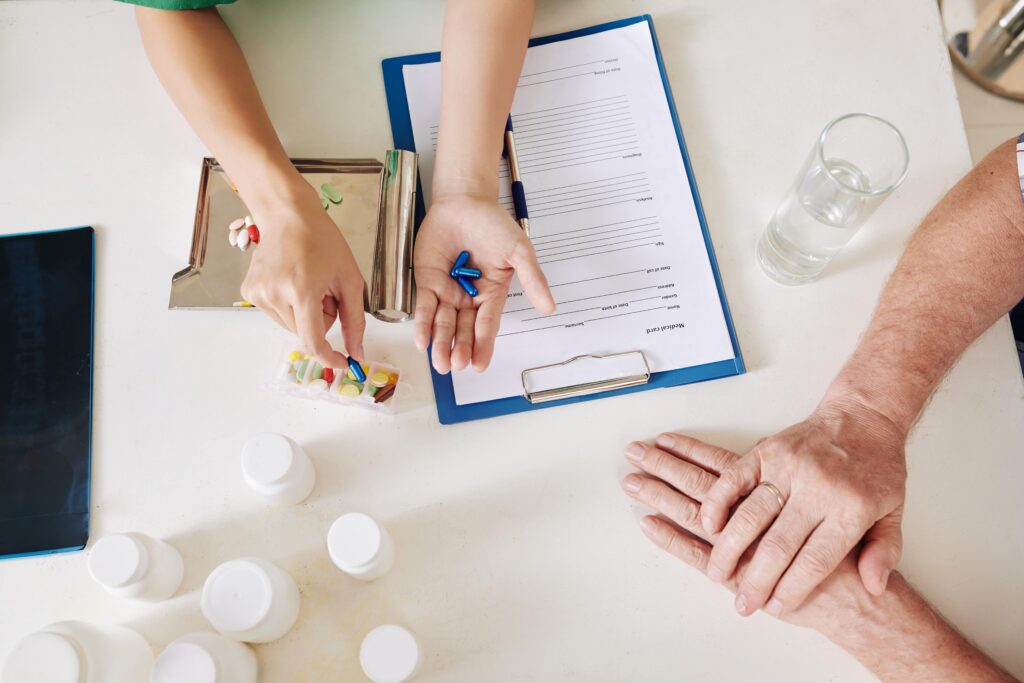Introduction
In the world of emergency situation medical reaction, the capacity to act quickly and properly can imply the distinction between life and fatality. Among the most crucial gadgets in this world website is the Automated External Defibrillator (AED). Public understanding on defibrillator usage is necessary, as it equips individuals to Take a look at the site here do something about it during cardiac first aid courses to provide in perth emergency situations. This article will certainly explore various elements of AEDs, consisting of fundamental vs innovative life support, hospital codes and methods, and the relevance of public defibrillator use. Let's delve into how we can make a difference with education and learning and preparedness.
Public Recognition on Defibrillator Use: Making a Difference
Understanding just how to utilize a defibrillator can be a game-changer in an emergency situation. Every year, thousands pass away from abrupt cardiac arrest (SCA), however with proper training and understanding, numerous lives could be conserved.
What is an AED?
An Automated External Defibrillator (AED) is a mobile gadget that can examine the heart's rhythm and provide an electrical shock if necessary. This shock can help re-establish a reliable rhythm in instances of SCA.
Why Public Understanding Matters
- Increased Survival Rates: Research studies show that prompt use an AED can considerably increase survival rates. Empowerment: Expertise decreases anxiety; recognizing just how to use these devices empowers spectators to act. Community Preparedness: Communities that are educated concerning AEDs produce much safer environments.
Basic vs Advanced Life Support: A Relative Overview
When discussing defibrillation, it's important to set apart between basic life support (BLS) and advanced life support (ALS).
Basic Life Support (BLS)
BLS describes the preliminary steps taken by laymans or first responders in situation of a cardiac arrest:
- Checking responsiveness Identifying no breathing Performing CPR
BLS concentrates on preserving blood circulation till advanced clinical aid arrives.
Advanced Life Support (ALS)
ALS includes more complicated treatments generally executed by experienced professionals:
- Administration of medications Advanced airway management Use of sophisticated tracking equipment
While BLS is critical in the early minutes complying with heart attack, ALS takes over when educated employees arrive.
Steps for Using an AED Safely
Call Emergency situation Services: Prior to using an AED, make sure that emergency solutions have been contacted. Check Responsiveness: Gently tap the person and shout to see if they respond. Identify No Breathing: Look for chest rise or listen for breath sounds. Retrieve the AED: Obtain the nearest AED while analyzing the casualty. Turn On the AED: Follow voice motivates as you attach pads to the chest. Stand Clear: Make certain everyone is away from the individual while evaluating heart rhythms. Deliver Shock If Advised: If motivated by the tool, press the shock button.Maintaining Calmness During Emergencies
It's crucial for onlookers to continue to be tranquil throughout emergencies. Maintaining calmness not just aids you believe plainly yet likewise motivates others around you to do so as well.
Hospital Codes and Protocols
Once emergency situation solutions show up, they follow recognized hospital codes and protocols:
Common Health center Codes Related to Cardiac Arrest
|Code|Description|| ------|------------------------------|| Blue|Heart attack|| Red|Fire Emergency|| Yellow|Inner Emergency|

These codes streamline communication among healthcare providers so they can react swiftly.
Protocols Complying with AED Use
After using an AED:

- Document details regarding its usage Hand over any kind of info gathered from your assessment Stay readily available for more questioning by clinical professionals
Public Defibrillator Use: Enhancing Accessibility
The placement of public access defibrillators is key in boosting area safety:
Where Are They Located?
Public gain access to defibrillators are generally located in:

- Shopping malls Airports Schools
Awareness projects should educate residents concerning their locations.
Why Area Educating Is Essential
Training sessions need to be arranged regularly to make sure community members recognize how to operate these gadgets effectively.
Statistics That Matter
Studies reveal areas with widespread accessibility to AEDs considerably reduce casualty prices connected with unexpected heart arrest.
Importance of BLS Qualification in Communities
Obtaining BLS certification improves area resilience versus cardiac emergency situations:
Benefits of BLS Certification
Increased probability of immediate response throughout emergencies Enhanced understanding of basic lifesaving techniques Improved confidence among neighborhood membersMany organizations provide BLS qualification courses, making it available for everyone interested in discovering lifesaving skills.
Identifying No Breathing: Secret Indicators
Recognizing when somebody isn't breathing can save valuable time:
Signs Indicating No Breathing
Absence of upper body rise or loss No distinct breath sounds Cyanosis or blue tinting around lips or fingertipsUnderstanding these signs allows quicker action when secs count.
Taking Switches on Compressions During CPR
Effective mouth-to-mouth resuscitation calls for endurance; for this reason taking turns is advisable:
How Often Needs to You Switch?
Compression cycles ought to ideally last no longer than two mins prior to switching rescuers-- this helps maintain quality compressions without exhaustion setup in.
Strategies for Effective Teamwork
Using verbal hints like "switching" can help promote smooth shifts without losing rhythm.
Compression Depth and Price Considerations
Proper compression depth and rate are vital for efficient mouth-to-mouth resuscitation:
Recommended Compression Depth
For adults:
- Compress at the very least 2 inches deep but not going beyond 2.4 inches
For kids:
- Compress roughly 1/3 depth of their chest
Optimal Compression Rate
Aim for a rate of 100-- 120 compressions per minute-- this aligns with maintaining sufficient blood flow during CPR efforts.
FAQ Section
1. What must I do if I discover someone unresponsive?
Call emergency services quickly while examining their responsiveness and breathing prior to initiating mouth-to-mouth resuscitation if necessary.
2. Just how do I recognize if I need to utilize an AED?
If someone is unresponsive and not breathing generally, making use of an AED may be crucial; turn it on after asking for help.
3. Can anyone utilize an AED?
Yes! The majority of public access AEDs are created for layperson use; they give step-by-step directions with voice prompts.
4. What occurs if I provide a shock when it's not needed?
Modern AEDs only suggest shocks when required; providing unneeded shocks rarely postures harm yet might delay treatment if done exceedingly without expert intervention.
5. Exactly how frequently need to community members rejuvenate their mouth-to-mouth resuscitation skills?
It's normally suggested every two years; correspondence course ensure your abilities continue to be current as guidelines progress over time!
6. Are there lawful securities for Good Samaritans who aid throughout emergencies?
Yes! Many jurisdictions have Good Samaritan legislations shielding people that provide aid during emergency situations from liability as long as their activities are sensible under circumstances!
Conclusion
Public awareness on defibrillator use is not simply valuable-- it's vital in saving lives throughout heart emergencies! By outfitting neighborhoods with expertise on basic vs sophisticated life support methods, identifying indications such as no breathing, keeping composure under stress, and making certain accessibility through public defibrillator positionings, we produce much safer settings where individuals really feel empowered to act decisively when every 2nd counts!
Investing time into learning more about these essential devices will certainly lead us towards making meaningful differences within our communities-- due to the fact that every heart beat matters!